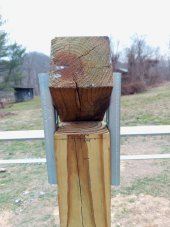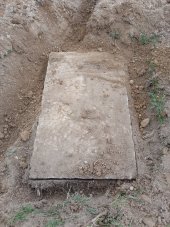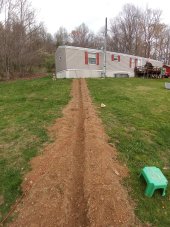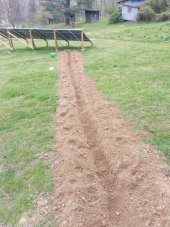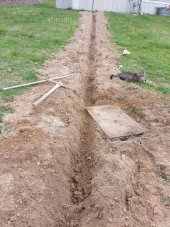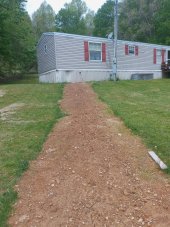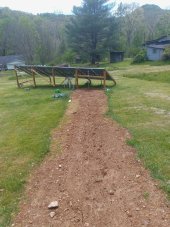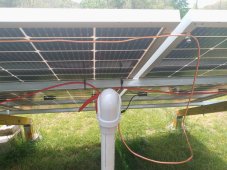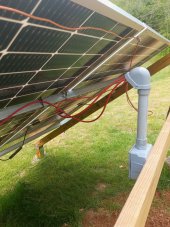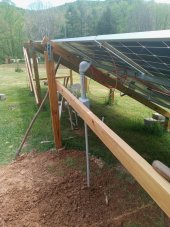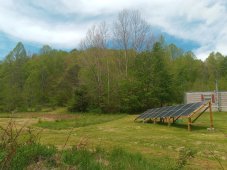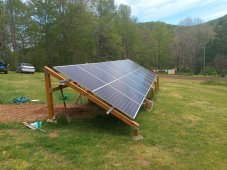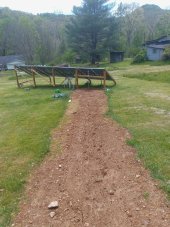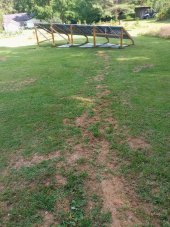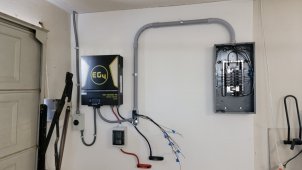What kind of inverter do you have and what do you think of its performance? I have an EG4 6500EX, and it seems to work just fine for me. But it's not been put in full time operation yet either, even tho I've run about 50kwh thru it.
Edit- I just saw your tagline showing you're using two LV6048's. But I'm still interested to see how they've done for you. Also you have adjustable solar arrays? Do you have any pics of this?
Yes I picked the MPP 6048's (over the more popular 6548's) both actully output the same total at 6500W per unit, but the 6048 is designed to output 120 and 240 in a single AIO unit, where the 6548's take two units to do this. This allowed me to start with just one inverter and still have 120/240 output, and now that I have two, if one failed I could reset the other to single unit operation and keep running 120/240 just at half the total output.
The cost was higher standby consumption. Each 6048 if you open one up, is actually two inverters inside of 3.25kW each, and so each is also consuming energy to run, even in standby. I knew that going in, and allowed some extra PV panels. This works 'most of the time' but not in November so much, as that is my worst month (cloudy short days). I am happy with these units and am considering a third one, which could be just a spare, or could increase my output to 18kW if I need.
As to the tilt:
If you don't get snow then my advice is don't bother with a tilting array.
Go to PVwatts and input all the info for your location and PV total kW, and orientation (ie "south" =180 degrees) then start with a tilt angle that matches your latitude as a starting point, and play with lower angles or higher angles and see what you get. In the advanced settings you can even select bifacial panels (as I have) and other features to improve the calculator.
I made a chart of what angle was 'ideal' for each month of the year for my orignal 7.04 PV array, and totalled up the annual kWh predicted by PVWatts.
Then I played with single angles for the whole array and found what single angle would give me the best annual kWh without any tilting and this angle was a bit lower than my latitude. The difference is not very impressive really, IIRC the spread was only about 10% or so over the whole year, BUT looking at where this difference was mostly coming from, I could see the Nov-Dec-Jan period would do much better with a steep angle (60-72 degrees) AND where I live this also helps remove most of the snow.
So the extra work, cost and effort to operate the tilting was justified (for me) by better snow clearing, and better energy collection during the worst months of the year. I will try to get a couple of pics of how the tilt works.




